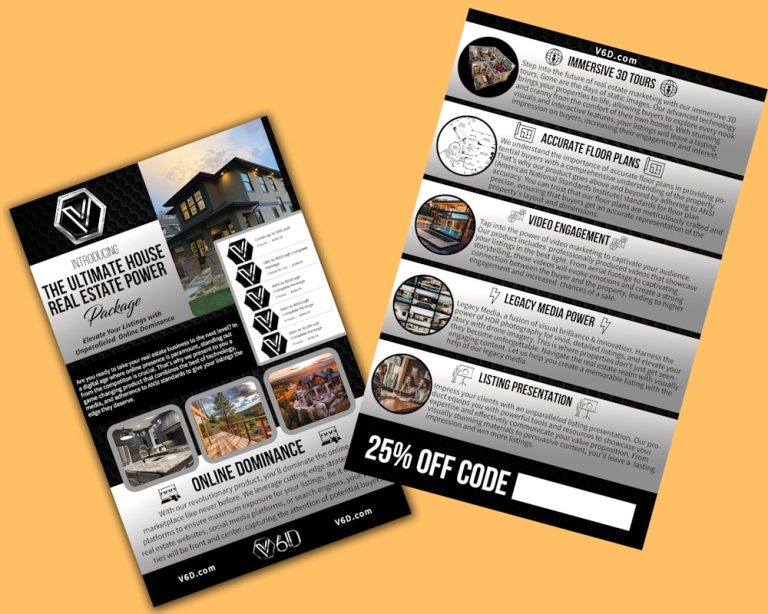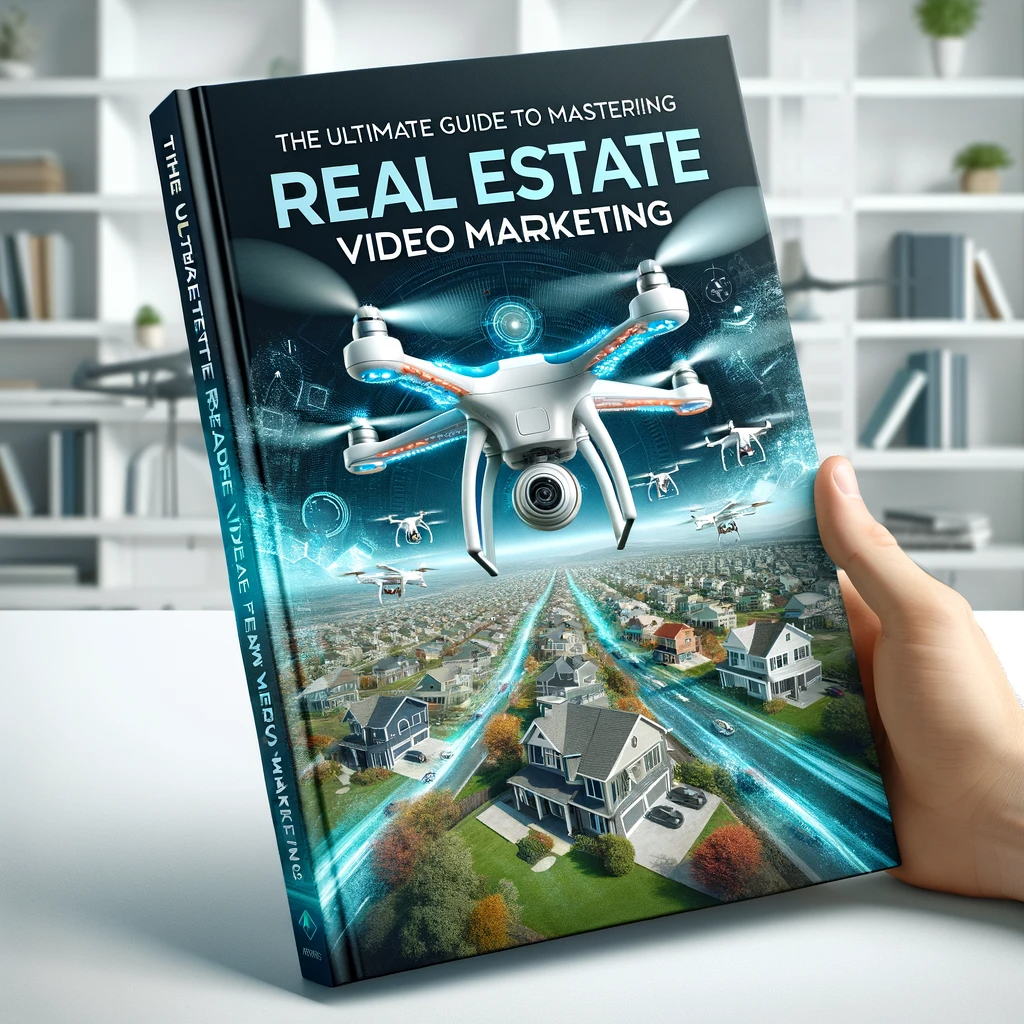Listing Presentation in Real Estate

Chapter 1- Introduction:
• Comparative Market Analysis (CMA):
The agent presents a thorough analysis of recent sales to determine the property's market value.
• Marketing Plan: The agent outlines a customized marketing strategy to attract buyers.
• Agent's Credentials: The agent highlights their professional qualifications, certifications, awards, and affiliations.
• Communication: The agent explains how they will keep the seller informed throughout the selling process.
• Pricing Strategy: The agent discusses strategies for competitive pricing.
• Negotiation Skills: The agent emphasizes their negotiation skills and experience.
• Client Testimonials: The agent shares testimonials or references from previous clients.
• Additional Services: The agent may discuss additional services like staging, home inspections, legal paperwork, and coordinating necessary repairs.
• Marketing Plan: The agent outlines a customized marketing strategy to attract buyers.
• Agent's Credentials: The agent highlights their professional qualifications, certifications, awards, and affiliations.
• Communication: The agent explains how they will keep the seller informed throughout the selling process.
• Pricing Strategy: The agent discusses strategies for competitive pricing.
• Negotiation Skills: The agent emphasizes their negotiation skills and experience.
• Client Testimonials: The agent shares testimonials or references from previous clients.
• Additional Services: The agent may discuss additional services like staging, home inspections, legal paperwork, and coordinating necessary repairs.

Chapter 2 - Real Estate Listing Presentations: Key Considerations
Highlight Unique Selling Points: Identify and emphasize the unique features, advantages, and selling points of the property.
• Professional Listing Photos and Virtual Tours: Hire a professional photographer and use virtual tour technology for an immersive experience.
• Craft Accurate and Compelling Property Descriptions: Craft engaging and accurate property descriptions.
• Effective Online Marketing: Utilize online platforms and advertising channels.
• Open Houses and Private Showings: Organize physical property viewings.
• Provide Comparable Sales Data: Share recent comparable sales data to help potential buyers understand the fair market value.
• Engage in Effective Communication: Respond promptly and professionally to inquiries from potential buyers.
• Negotiate Skills: Understand the buyer's motivations and navigate the negotiation process to secure the best possible deal.
• Professional Listing Photos and Virtual Tours: Hire a professional photographer and use virtual tour technology for an immersive experience.
• Craft Accurate and Compelling Property Descriptions: Craft engaging and accurate property descriptions.
• Effective Online Marketing: Utilize online platforms and advertising channels.
• Open Houses and Private Showings: Organize physical property viewings.
• Provide Comparable Sales Data: Share recent comparable sales data to help potential buyers understand the fair market value.
• Engage in Effective Communication: Respond promptly and professionally to inquiries from potential buyers.
• Negotiate Skills: Understand the buyer's motivations and navigate the negotiation process to secure the best possible deal.

Chapter 3 - Five things you can do to make your listing presentations in real estate:
1. Customization: Agents create tailored plans based on unique features, location, and target market.
2. Visual Aids: Agents use visual aids like slideshows, brochures, virtual tours, and professional photography to enhance communication.
3. Competitive Edge: Well-executed presentations give agents a competitive edge.
4. Technology Integration: Agents often use technology to showcase their digital proficiency.
5. Ongoing Relationship: Listing presentations establish a foundation for an ongoing relationship between the agent and seller.
2. Visual Aids: Agents use visual aids like slideshows, brochures, virtual tours, and professional photography to enhance communication.
3. Competitive Edge: Well-executed presentations give agents a competitive edge.
4. Technology Integration: Agents often use technology to showcase their digital proficiency.
5. Ongoing Relationship: Listing presentations establish a foundation for an ongoing relationship between the agent and seller.
Listing Presentation in Real Estate Read More »


